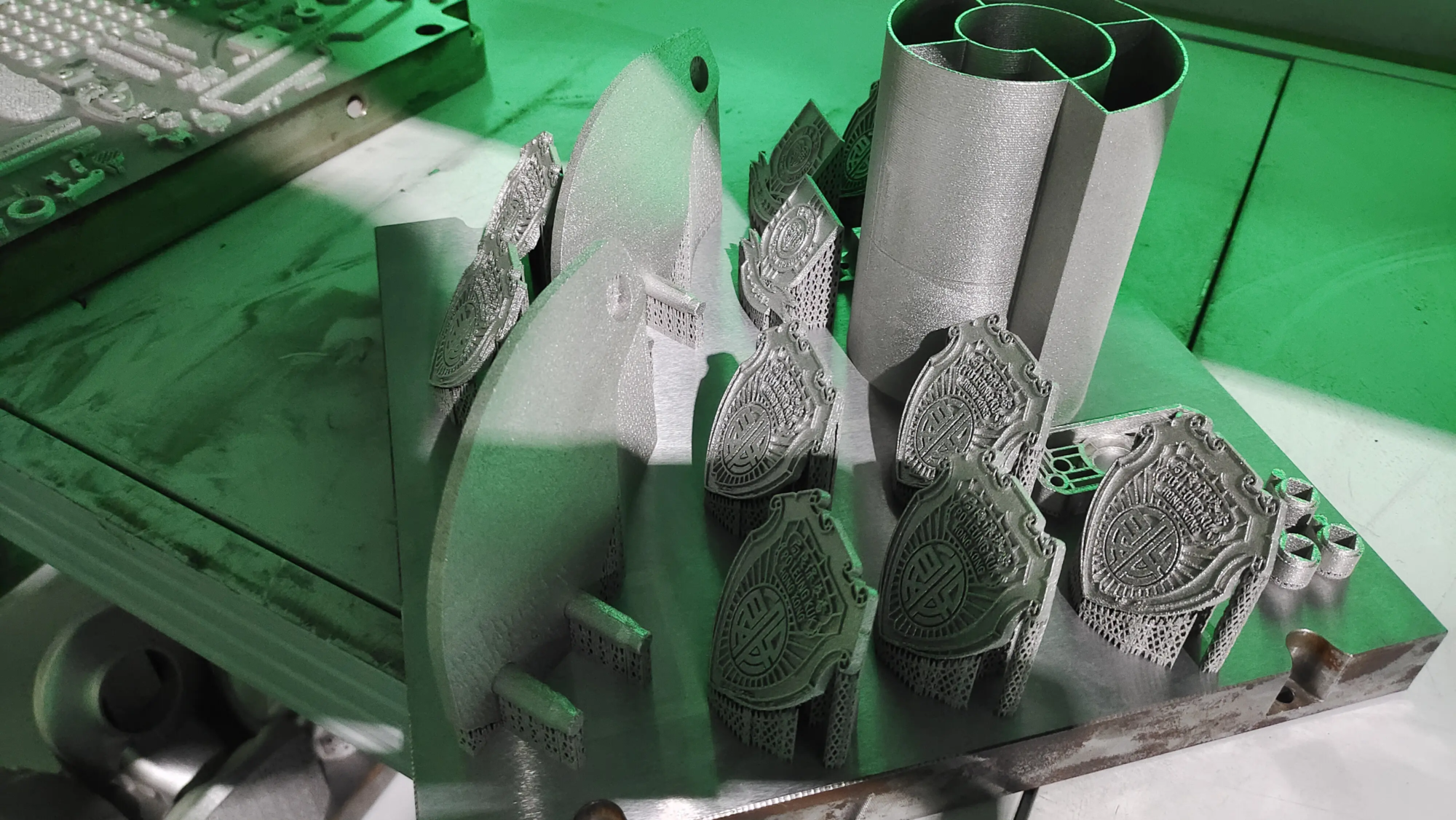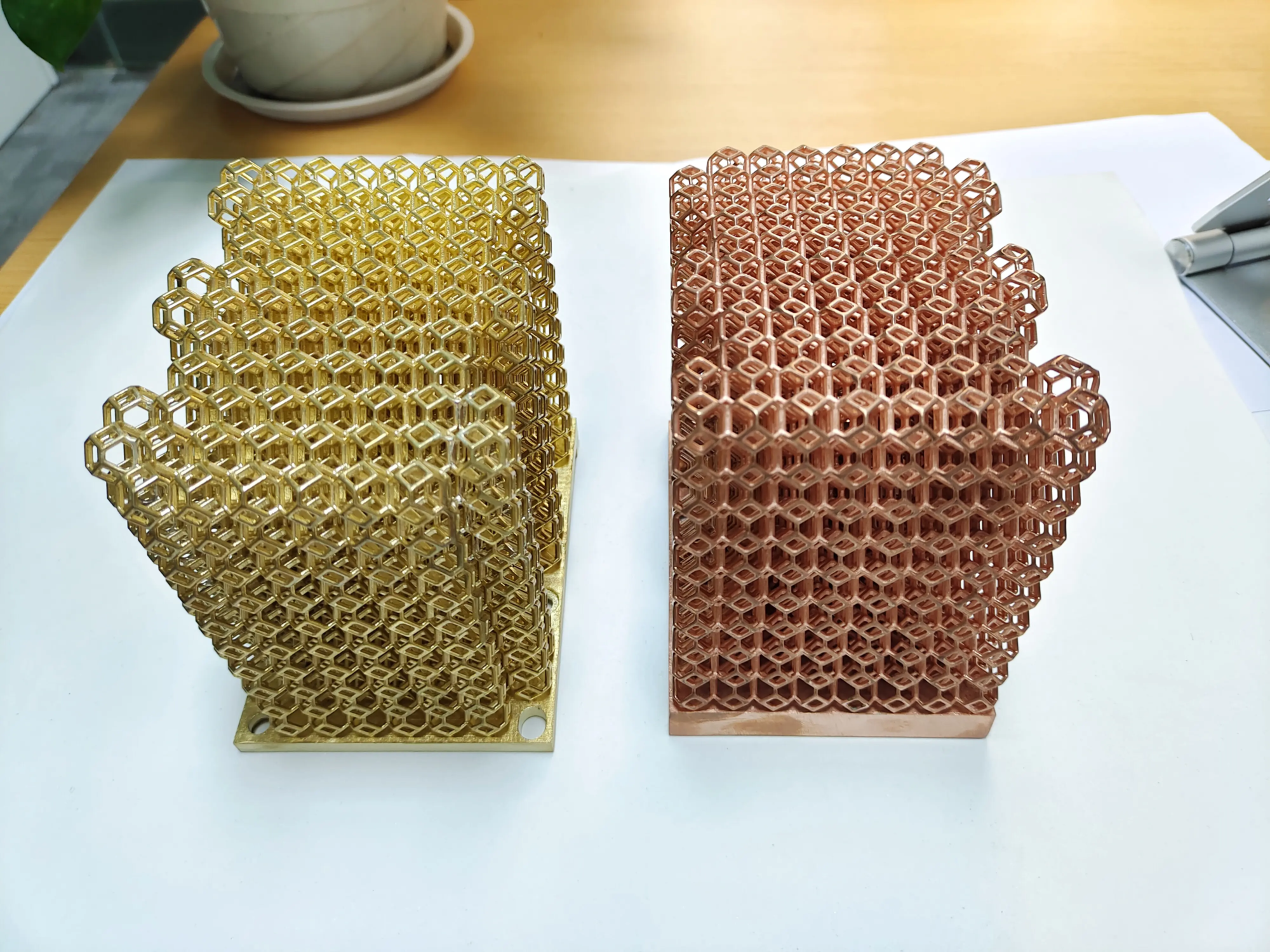On September 12, 2024, SpaceX made history during the Polaris Dawn mission by conducting the first private spacewalk, redefining the boundaries of human space travel.
Many people may not know that an important technological advancement in this space exploration is the application of 3D printed helmets. Compared with traditional spacesuit helmets, the 3D printed helmet uses durable polycarbonate material, which is not only lighter and more functional, but also can effectively improve the safety and operational efficiency of astronauts during spacewalks. space. This technology fully demonstrates the important role of additive manufacturing (i.e. 3D printing) in promoting space equipment innovation.
The Polaris Dawn mission was a breakthrough in commercial space exploration, particularly in low Earth orbit, which reached an altitude of 700 kilometers and set a record for a commercial manned flight. In such an extreme environment, the 3D printed helmet has passed real-world testing and proven that it can withstand threats such as space radiation and micrometeorites, laying the foundation for more complex space missions in the future.
The 3D printed helmet is not only lighter, but also has a built-in head-up display (HUD), which can provide key spacesuit data in real time, such as pressure, temperature and humidity . These functions are particularly important in extreme environments to ensure that astronauts can respond in a timely manner to emergencies during the mission. Additionally, the helmet’s goggles are anti-glare and anti-fog, further improving the clarity of astronauts’ vision during spacewalks.
The success of this mission also confirmed the potential of 3D printing technology in the personalized production of spacesuits. Traditional spacesuits are bulky and complex to produce, limiting the flexibility of space missions. Using 3D printed parts not only speeds up production, but can also be customized based on the body types of different astronauts. The diffusion of this technology will help address challenges such as future missions to Mars which will require large numbers of spacesuits.
Before that, SpaceX had used 3D printing technology extensively, including in key components of rocket engines and spacecraft. According to the Resource Library, SpaceX’s first Raptor 3 rocket engine officially rolled off the assembly line in August this year. Compared with Raptor 1 and Raptor 2, the overall structure of Raptor 3 is extremely simplified, and the key behind this is to achieve this breakthrough through 3D printing technology.
Returning to SpaceX’s Polaris Dawn mission, we can clearly see that the introduction of 3D printing technology not only optimizes astronauts’ equipment, but also provides practical solutions to control costs and improve the efficiency of future deep space exploration plans. As SpaceX plans to further develop its Moon and Mars missions, the application of 3D printing technology in future space missions will become more extensive and important.





